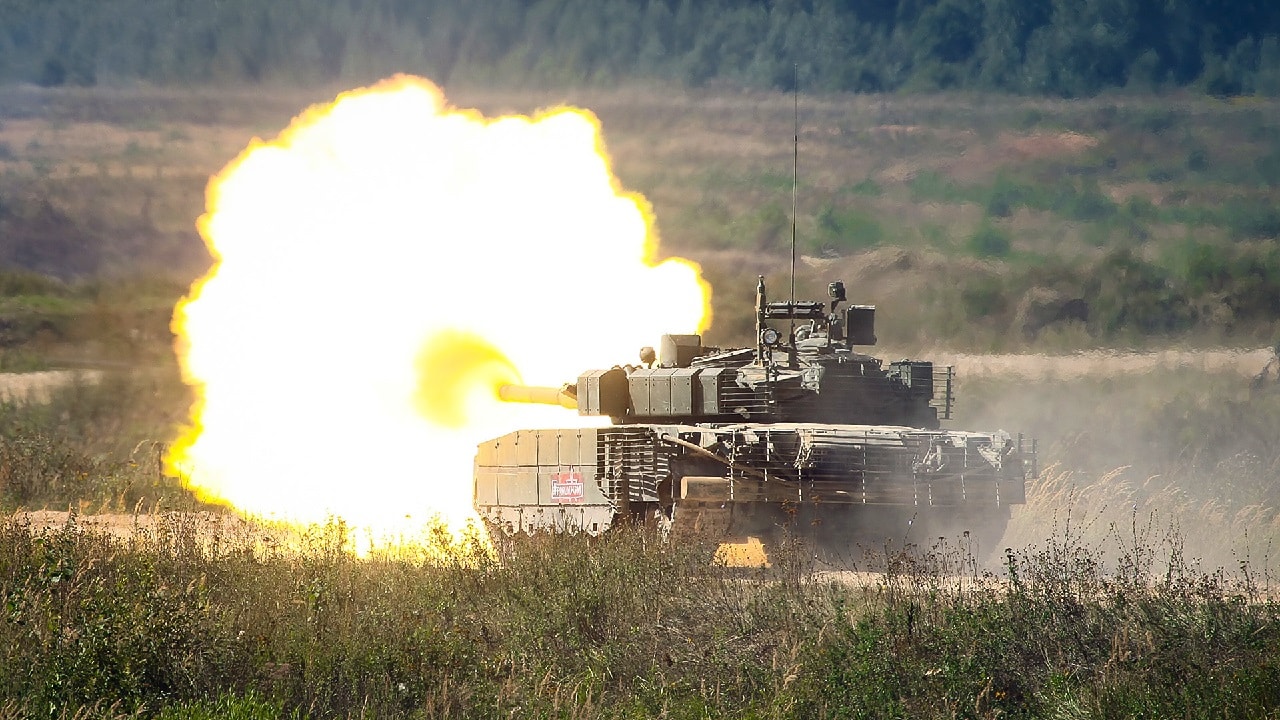The Russian military is digging in to avoid more humiliating defeats in Ukraine. Russian troops are working around the clock building extensive fortifications in anticipation of further Ukrainian counteroffensives.
The Russian Military Digs In
After successive setbacks in the east and the south, the Russian military is getting wiser in its war against Ukraine.
Russian forces have been creating extensive defensive lines, which in some cases stretch for tens of miles, almost all across the battlefield.
The most extensive fortifications are on the eastern front, in the Luhansk province, and to the south, on the eastern bank of the Kherson province.
Although the fortifications, which include extensive trench systems and anti-tank obstacles, will surely wake any Ukrainian counteroffensives harder and costlier, it’s far from certain that they will be enough to stop the Ukrainian forces.
To begin with, open source intelligence analyzed by the Institute for the Study of War, a D. C. think tank that has been covering the tactical, operational, and strategic developments of the war, indicates that the majority of the Russian fortifications are located along roads.
However, the Ukrainian forces have a proven track record of successfully operating cross-country and could bypass theme Russian defensive lines as they did in the east during the September counteroffensive.
Then, the Ukrainian armored columns simply ignored and bypassed fortified Russian towns that could delay their advance and force the Russian forces to either withdraw or risk being encircled and destroyed.
“Most of the Russian field fortifications in eastern Kherson are nevertheless optimized to defend against drives along the roads and would be very vulnerable to envelopments across the open countryside,” the Institute for the Study of War assessed.
Moreover, open-source intelligence suggests that the Russian military has pulled off the frontlines the more experienced units and replaced them with mobilized reservists and mercenaries.
Moscow is likely trying to set up some mobile reserves with the more experienced forces, such as the elite VDV paratroopers.
But this move has the potential of backfiring as the less experienced troops manning the frontlines are much more vulnerable to Ukrainian counteroffensives.
“Russian forces have likely deployed mobilized personnel to the primary lines of defense and pulled experienced, professional units to the secondary and tertiary lines of defense, a deployment pattern that could lead to more rapid Ukrainian advances,” the Institute for the Study of War added.
Adjusting to the Realities of the Ukraine War
The focus of the Russian military on constructing defensive lives also shows that the Kremlin has adjusted to the realities of the war.
Russian President Vladimir Putin finally understands the true capabilities of his forces. This poor understanding of the Russian military’s capabilities was one of the main reasons why the war is going so badly for Moscow.
It remains to be seen whether that self-awareness will push the Kremlin to the negotiating table or whether Putin will continue to escalate in an attempt to push the Ukrainians back.
Right now, it seems very unlikely that the Russian military could reverse the tide of the war.
Expert Biography: A 19FortyFive Defense and National Security Columnist, Stavros Atlamazoglou is a seasoned defense journalist specializing in special operations, a Hellenic Army veteran (national service with the 575th Marine Battalion and Army HQ), and a Johns Hopkins University graduate. His work has been featured in Business Insider, Sandboxx, and SOFREP.

